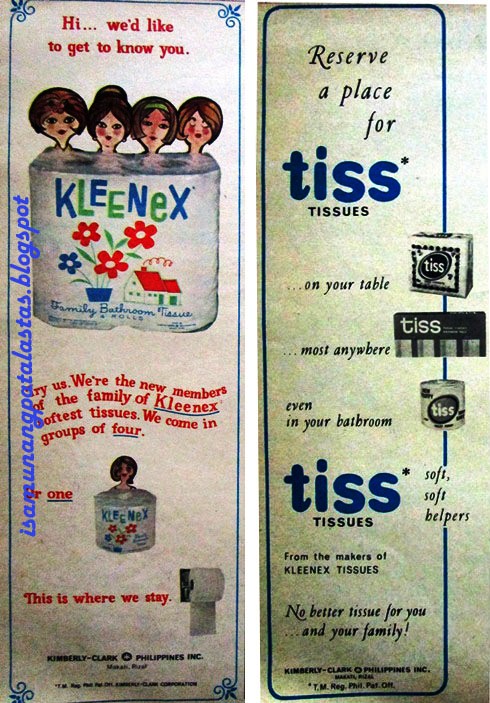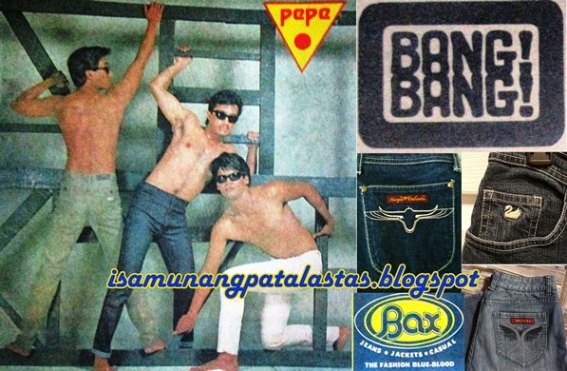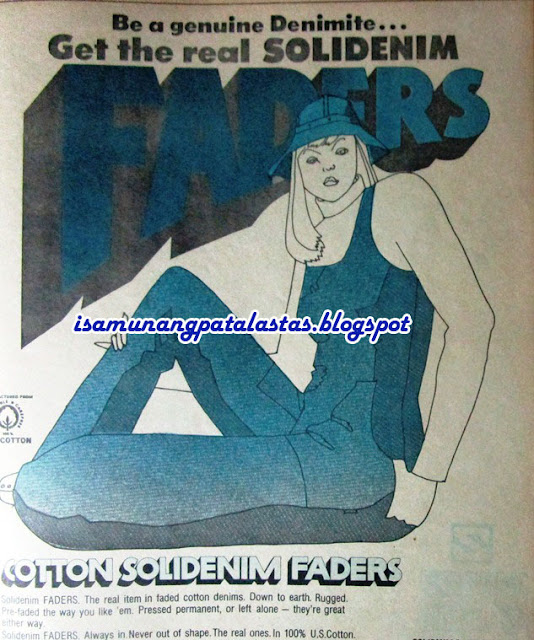The Covid-19 Pandemic put the world in panic, causing
hoarding of essential sanitation products from alcohol, germicidal soaps, disinfectants—and
even toilet paper! Americans, most especially, caused a temporary shortage of
toilet paper in the U.S. shortly after the break-out of the corona virus
infection.
The practice of wiping one’s self clean with paper sheets
after taking a poop is an American habit. It began in 1857 when enterprising
Joseph Gayetty invented aloe-lined sheets of manila hemp that were sold in
boxes. This led to the commercial production of toilet paper and one of the
pioneers was the Scott Paper Company.
SCOTT Paper
Company was the first to put toilet paper on a roll, devised by 2 brothers,
Clarence and E. Irvin Scott in 1890. The product outsold Gayetty’s medicated
sheets, and the brothers—upon seeing the success of their toilet paper—cast
aside their initial shame about the nature of their business—and began branding
their toilet tissue with their name in 1913. By 1925, Scott Paper Co. became the leading toilet paper company in the
world. In the 1960s, it operated in the Philippines and marketed the SCOTTISSUE brand. Kimberly-Clark Corporation acquired the company in 1995.
KIMBERLY-CLARK
Philippines Inc., began its
Philippine operations in 1964. Started in 1872, it is now a leading global
marketer of Family Care, Personal and Professional Care products for use in the
home, business, and industry. Its most successful brand was KLEENEX facial tissue, and in 1966-67,
introduced KLEENEX BATHROOM TISSUE,
which claimed to be the softest. It was sold in 4’s, packed in plastic wrap.
TISS was
another paper line with a more popular price. The brand name was carried by its
boxed facial tissue, table tissue and toilet paper products. TISS BATHROOM TISSUE would eventually
disappear from the Philippine market.
The first local producer of toilet paper can be claimed
by the venerable KENG HUA Paper Products Co. Inc. of Malabon,
which was a pioneer supplier of paper products for school and office needs like
bond paper, pad paper, notebooks and carbon paper. It was the largest envelope
manufacturer in the Philippines. In 1955, it began manufacturing SUPER TISSUE, a soft and absorbent
toilet paper rolls of 1,000 sheets.
While there was much hoopla about toilet paper shortage
in the U.S., Filipinos had a “much ado about nothing” attitude of the worldwide
tissue issue. After all, there’s still the good old “tabo”—dipping cans—traditionally used to wash and clean their
butts. No wiping, no toilet paper needed. Only a good soap washing afterwards!
SOURCES:
How America Convinced the World to Wipe:
Scott Paper Company., https://en.wikipedia.org/wiki/Scott_Paper_Company
Kimberly-Clark: https://en.wikipedia.org/wiki/Kimberly-Clark




































